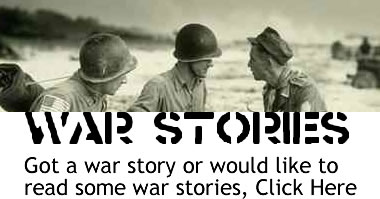Cardiovascular Emergencies Part I (1.5 Hours)
Since we are assessing a conscious cardiac patient, we are clearly not assessing a critically injured (implies trauma and surgery) patient; we shall proceed to the appropriate focused history and physical examination. A focused history and physical examination can be performed on anybody who is
- Conscious
- Not injured with a serious mechanism of injury
- ABC’s are intact
All kinds of patient’s fall into this category, many with life threatening conditions. The critical patients are going to have some sort of medical condition that requires treatment. The difference is that unlike trauma, medical patients usually aren’t laying in pool of their condition. Meaning, the only way to assess and eventually resolve the patients’ problem is to ask them what is wrong. Additionally, the window for treating myocardial infarction is much wider than the golden hour (so you aren’t rushing everybody with chest pain to surgery within one hour of the onset). That is the point of the focused history and physical exam (it was literally developed by observing EMS personnel somewhere in the world responding to a call). Once we are sure we are not hanging around with a patient who needs emergent surgery, we ascertain the chief complaint. Follow-up questions are asked to further define the chief complaint in terms of onset, provocation, quality, radiation, severity, and time. Next we determine what (if any) allergies, medications, pertinent medical history, last meal (and when appropriate last menstrual period), and events the patient can advise us of. Following the SAMPLE history, we take a set of baseline vital signs. And then perform an assessment of the patients’ chief complaint (further referred to as the focused physical examination). To sum up the focused physical examination in as few words as possible, basically assess where the patients’ complaint is and evaluate the area(s) with the four techniques of assessment (which is auscultation, palpation, percussion, and inspection).
But what if the patient was unconscious? The call just got easier because AHA CPR for BLS providers has pretty much spelled that one out for you. Any unconscious medical patient is a load and go patient.
